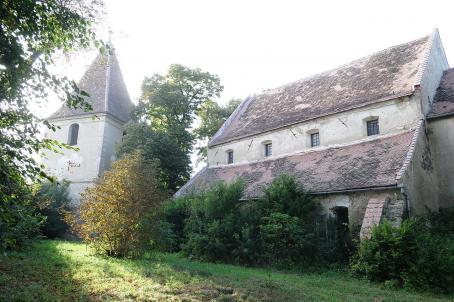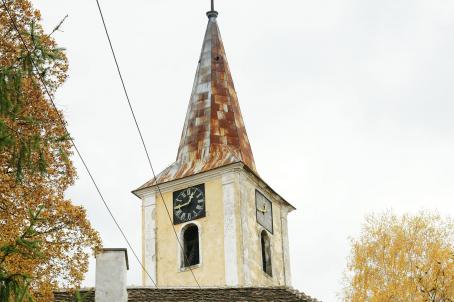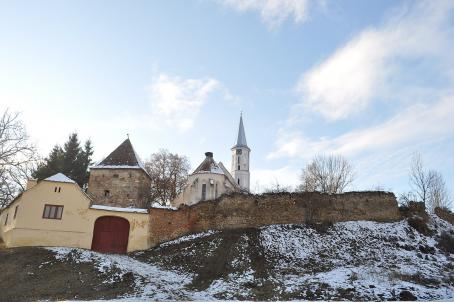Fortified Church in Hosman






Amidst the picturesque valley of Hârtibaciu river lays the village of Hosman. The fortified church in the center of the settlement is one of the most photographed motives in all of Transylvania. In clear weather the church has as background the spectacular view of the often snow-caped Făgăraşi mountains.
About this building
From the first basilica built in the 13th century the western portal is preserved – a most valuable testimony of the Romanesque architectural sculpture in Transylvania – as well as the pillars and arcades that once used to separate the central nave and the aisles. Looking carefully above the western portal, one may observe an immured sculpture representing two figures. Some argue that it is a depiction of the Baptism of Jesus, while others say it represents Adam and Eve. The observer is thus invited to solve this mystery by himself. Around the year 1500 the bell tower was heightened and provided with a wooden battlement walk on consoles and the church’s side aisles were demolished. The two defense walls of the assembly, which were built during the 15th century, are connected by the gate tower and still exhibit remains of the former battlement walk and embrasures, vestiges of a rough past.





